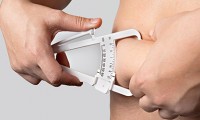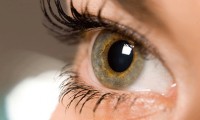-
PharmaAsia Recap
Recent news regarding pharma companies in Asia
- Source: FiercePharma
- 729
- July 3, 2018
-
Apple Watch as Diabetes Detector
- Source: mHealthSpot
- 818
- July 3, 2018
-
New Device made of Lego & Smartphone to Detect Nerve Agents
- Source: ScienceDaily
- 584
- June 29, 2018
-
NBE Therapeutics Receives $20 million in Series B by Novo Holdings
- Source: FierceBiotech
- 655
- June 29, 2018
-
Food Allergen Detector at $40
- Source: mHealthSpot
- 866
- June 27, 2018
-
Predict Your Diabetes Risk Levels by Checking Your Partner’s BMI
- Source: India Times
- 684
- June 27, 2018
-
Biotech Crinetics Therapeutics Raises $86 million in IPO
- Source: FierceBiotech
- 790
- June 26, 2018
-
Glaukos Corporation to receive Pre-Market approval for Next-Gen iStent
- Source: BioSpectrumAsia
- 550
- June 26, 2018
-
FDA Anounces Restricted use of Keytruda & Tecentriq Against Bladder Cancer
- Source: FiercePharma
- 772
- June 26, 2018
your submission has already been received.
OK
Subscribe
Please enter a valid Email address!
Submit
The most relevant industry news & insight will be sent to you every two weeks.













